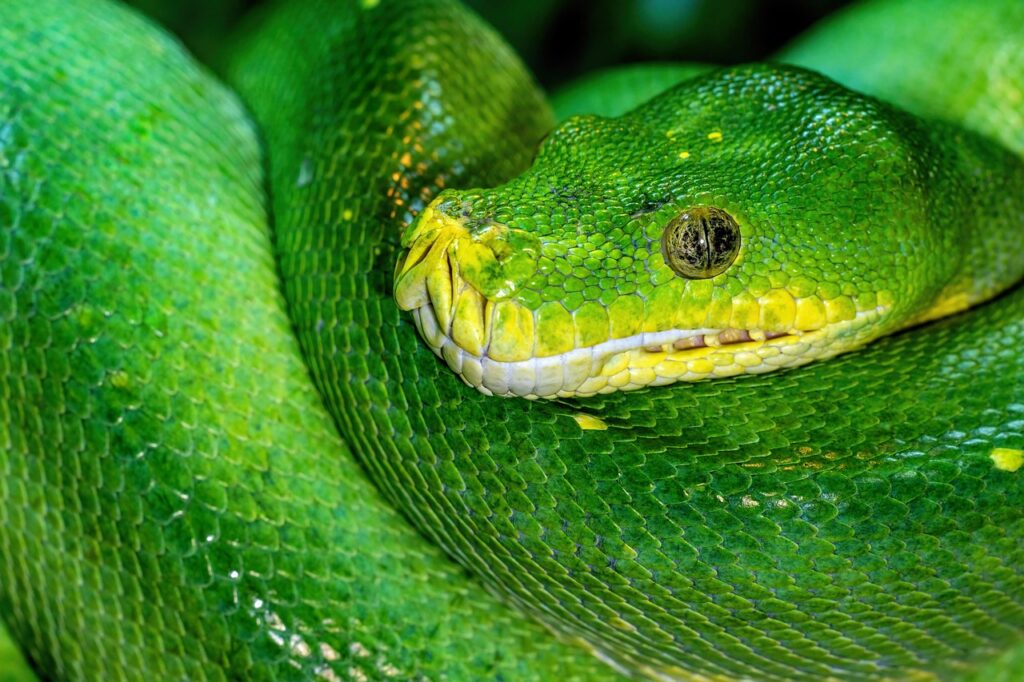Imagine vast stretches of scorching sand, minimal water sources, and extreme temperature fluctuations – conditions that challenge even today’s most adapted desert creatures. Yet, millions of years ago, various dinosaur species not only survived but thrived in these harsh desert environments. The discovery of dinosaur fossils in what were once ancient deserts has opened fascinating chapters in paleontological research, revealing remarkable adaptations that allowed these magnificent creatures to endure environmental extremes. From specialized water conservation mechanisms to behavioral adaptations, desert-dwelling dinosaurs developed unique survival strategies that continue to amaze scientists. This exploration into how dinosaurs conquered desert climates provides valuable insights into evolutionary biology and the incredible resilience of life in challenging conditions.
The Ancient Desert Landscapes of the Mesozoic Era
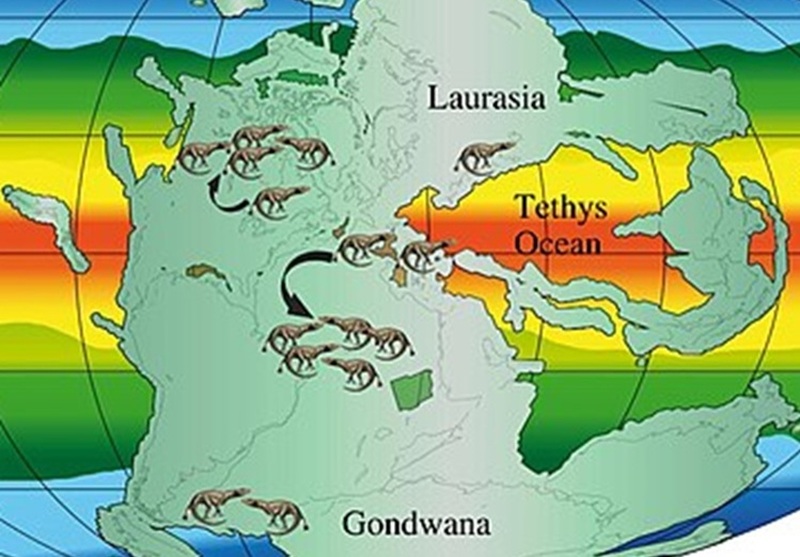
During the Mesozoic Era (252-66 million years ago), Earth’s climate and geography differed significantly from today, featuring extensive desert regions throughout various continents. The supercontinent Pangaea’s breakup created vast inland areas isolated from oceanic moisture, forming expansive desert basins across what is now North America, Asia, and Africa. These ancient deserts were characterized by extreme temperature variations, with scorching days potentially exceeding 120°F (49°C) and nights that could drop below freezing. Paleoclimatological evidence suggests these regions experienced prolonged droughts interrupted by brief, intense seasonal rains that could trigger flash floods through normally dry riverbeds. The Gobi Desert region, the American Southwest, and parts of ancient North Africa preserved particularly rich fossil records of dinosaurs that adapted to these harsh conditions over millions of years of evolution.
Notable Desert-Dwelling Dinosaur Species

Several remarkable dinosaur species evolved specifically to thrive in arid environments, leaving fossils that tell the story of their desert adaptations. Velociraptor, made famous by popular culture, actually inhabited the harsh desert landscapes of what is now Mongolia’s Gobi Desert, with features suited for the region’s unforgiving conditions. Protoceratops, a sheep-sized relative of Triceratops, was another common Gobi Desert dweller, leaving numerous well-preserved fossils, including nests and eggs that provide insights into reproductive strategies in harsh environments. In North America, the small carnivore Coelophysis thrived in the arid regions of the late Triassic, with its slender, lightweight build allowing efficient movement through desert terrain. Other notable desert-adapted dinosaurs include Ouranosaurus from North Africa, Shuvuuia from Mongolia, and various sauropod species whose fossils have been found in what were once sand dune ecosystems across multiple continents.
Anatomical Adaptations for Water Conservation
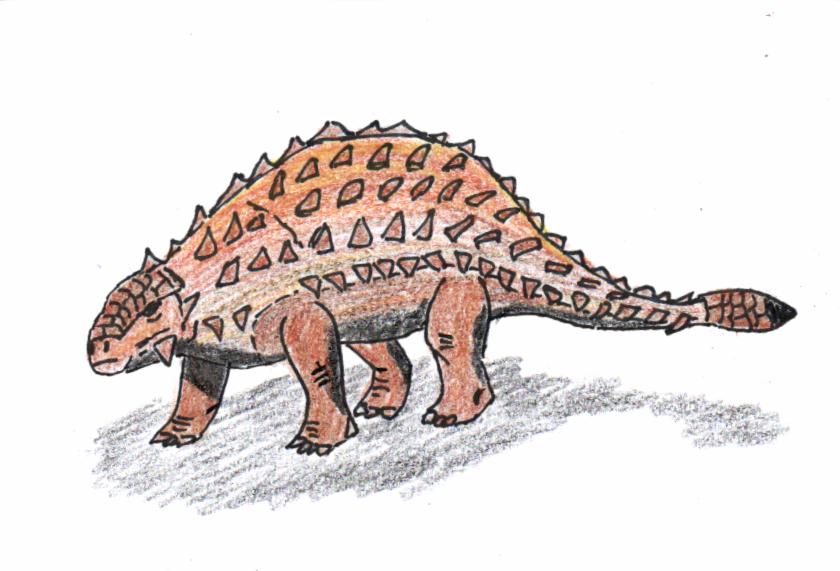
Desert-dwelling dinosaurs evolved specialized anatomical features that maximized water conservation in their parched habitats. Many species developed highly efficient salt glands, similar to those found in modern desert reptiles, which allowed them to excrete excess salt with minimal water loss—a crucial adaptation for processing the limited, often brackish water sources available. Paleontologists have identified modified kidney structures in some fossil specimens that suggest enhanced abilities to concentrate urine, significantly reducing water elimination. Nasal passages in desert dinosaurs frequently show evidence of enlarged turbinate bones, structures that would have helped condense moisture from exhaled breath, recapturing precious water that would otherwise be lost during respiration. Some species may have also developed specialized scales or skin structures that minimized water loss through evaporation, though soft tissue preservation remains rare in the fossil record. These physiological adaptations collectively allowed desert dinosaurs to maintain critical hydration levels while consuming far less water than their counterparts in more temperate environments.
Thermoregulation Strategies in Extreme Heat
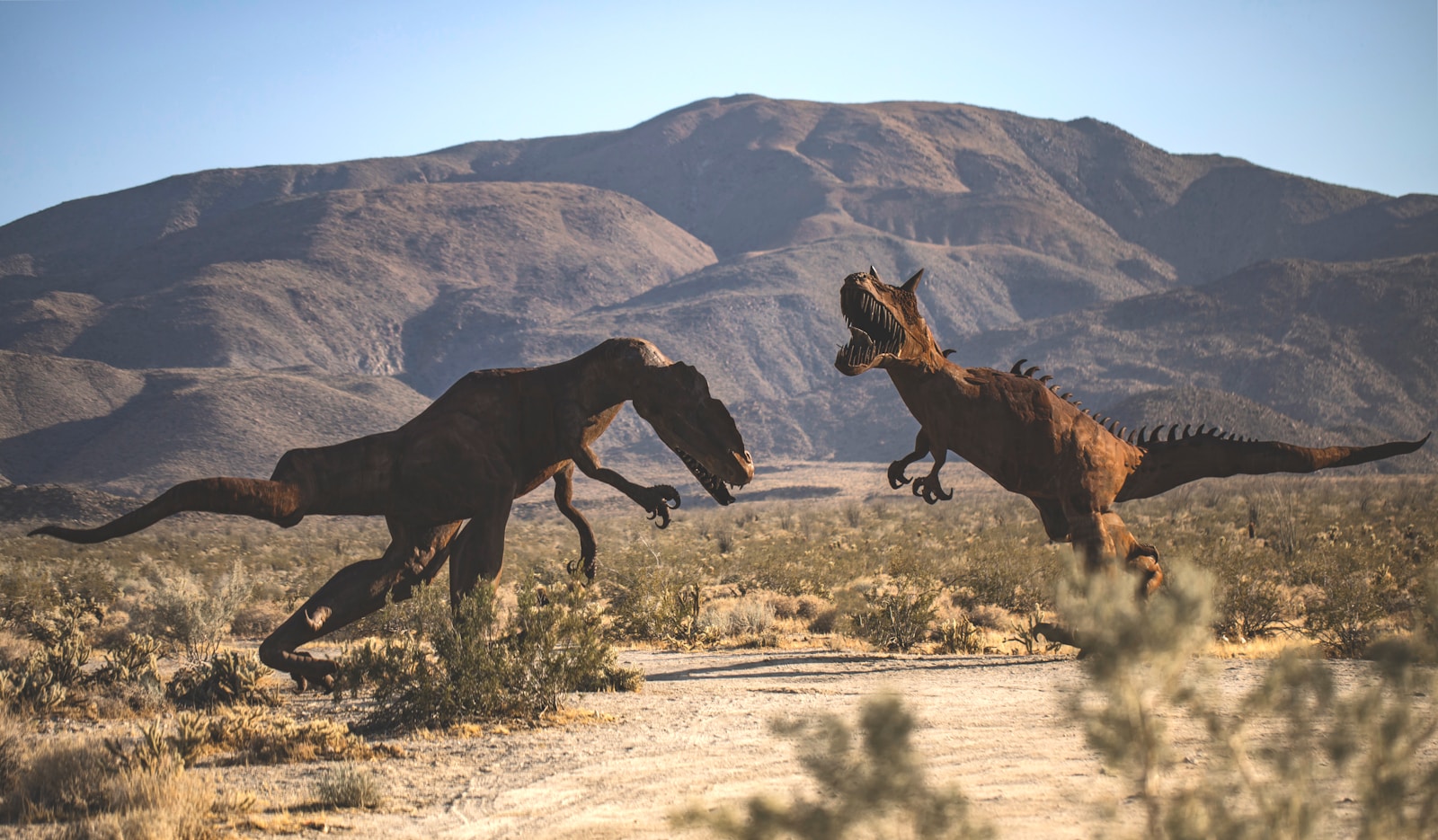
Desert dinosaurs developed sophisticated thermoregulation mechanisms to survive the extreme temperature fluctuations characteristic of arid environments. Many species evolved specialized body proportions featuring enlarged surface areas in certain body regions—such as elongated spines, sails, or expanded frills—that functioned as natural radiators, dissipating excess heat during scorching days and potentially absorbing warmth during cold desert nights. Evidence suggests some desert-adapted dinosaurs possessed specialized blood vessel arrangements just beneath the skin surface, creating efficient heat exchange systems similar to those found in modern desert reptiles. Nocturnal behavior patterns likely evolved among many desert species, allowing them to remain inactive during peak daytime temperatures while hunting and foraging in the relative cool of night. Research into bone histology of desert dinosaur species reveals growth patterns consistent with metabolic adaptations that may have helped manage body temperature without requiring excessive water consumption. The combination of these thermoregulatory adaptations allowed dinosaurs to maintain optimal body temperatures despite living in environments with daily temperature swings of over 50°F (28°C).
Dietary Specializations for Arid Environments

Desert-dwelling dinosaurs developed highly specialized diets that maximized nutritional intake from the limited food resources available in arid regions. Herbivorous species evolved powerful jaw structures and specialized teeth capable of processing tough, fibrous desert vegetation containing minimal moisture but maximum nutritional value. Coprolite (fossilized feces) analysis reveals evidence that some desert herbivores consumed succulent plants that stored water, providing vital hydration alongside nutrition during drought periods. Omnivorous desert dinosaurs displayed remarkable dietary flexibility, opportunistically consuming everything from insects and small vertebrates to seeds, fruits, and carrion—adaptability that proved crucial during seasonal resource scarcity. Analysis of wear patterns on carnivorous desert dinosaur teeth suggests adaptations for completely consuming prey, including bones and marrow, maximizing caloric intake from each successful hunt while extracting valuable moisture from their prey’s body tissues. These dietary specializations allowed desert dinosaurs to survive on significantly less food than their counterparts in more productive ecosystems, a critical adaptation for environments where food resources were widely dispersed and unpredictable.
Behavioral Adaptations for Desert Survival

Desert dinosaurs developed sophisticated behavioral strategies that significantly enhanced their survival prospects in harsh environments. Fossil evidence suggests many species engaged in seasonal migrations, following water sources and food availability across vast territories as conditions changed throughout the year. Complex social structures appear to have evolved in several desert-dwelling species, with evidence of herding behaviors that likely improved protection against predators and enhanced the group’s ability to locate scarce resources across extensive territories. Nesting sites discovered in ancient desert contexts reveal careful placement that maximized shade protection while minimizing predation risk, often utilizing natural landforms as shelter from extreme elements. Burrow structures associated with certain smaller desert dinosaur species indicate that some may have adopted subterranean lifestyles during extreme weather conditions, similar to many modern desert animals. These behavioral adaptations, working in concert with physical and physiological specializations, created a survival toolkit that allowed dinosaurs to persist through punishing desert conditions that would challenge even modern specialized desert fauna.
Reproduction Strategies in Resource-Scarce Environments
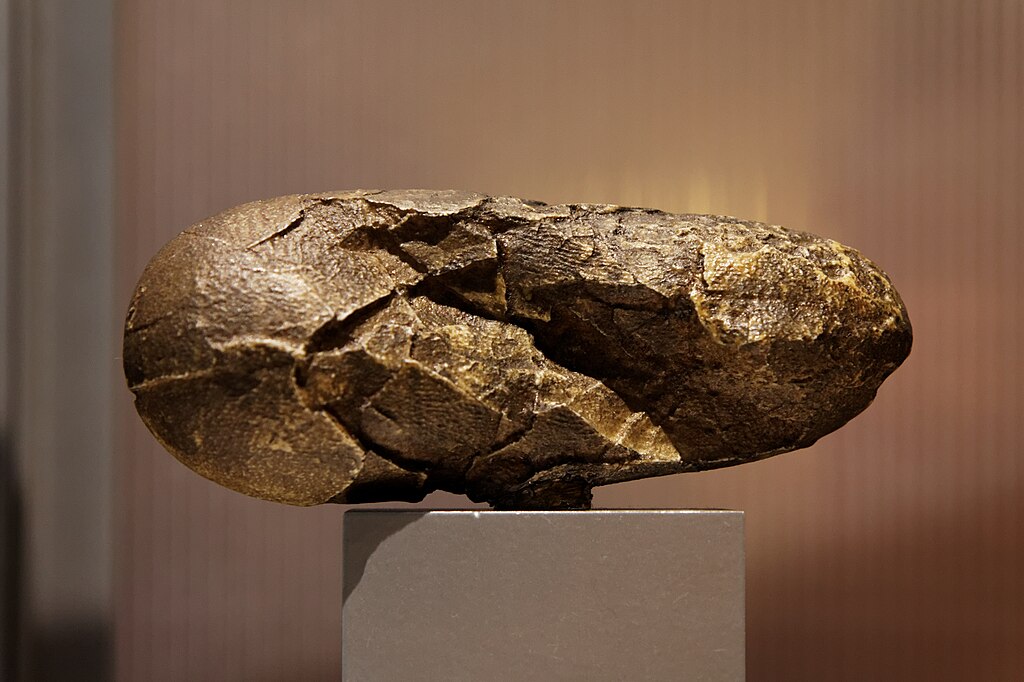
Desert-dwelling dinosaurs evolved remarkable reproductive adaptations specifically suited to the challenges of arid environments. Fossil nests from desert regions frequently show evidence of colonial nesting behaviors, where multiple families nested in close proximity, potentially providing enhanced protection against predators with minimal adult supervision required. Many desert species developed precisely timed breeding seasons triggered by the brief rainy periods, ensuring hatchlings emerged when temporary resources were most abundant. Egg structure analysis reveals specialized shells in desert dinosaur species that balanced moisture retention with necessary gas exchange, preventing desiccation in the dry environment while allowing embryonic development. Clutch size evidence suggests desert dinosaurs often produced fewer, more developed offspring compared to relatives in resource-rich environments—a quality-over-quantity approach better suited to harsh conditions. These specialized reproductive strategies ensured new generations could survive their critical early growth periods even in environments where resources were scarce and unpredictable.
The Role of Oases and Seasonal Water Sources

Oases and ephemeral water sources played crucial roles in supporting dinosaur populations across desert ecosystems during the Mesozoic Era. Fossil evidence consistently clusters around ancient water features, revealing these rare moisture sources served as vital congregation points where diverse dinosaur species temporarily concentrated—creating complex ecological interactions. These water sources functioned as biological highways, allowing desert dinosaurs to traverse otherwise impassable arid regions by moving from one water point to another during migrations or territory expansions. Seasonal rivers—dry for most of the year but transformed into rushing waterways during brief rainy periods—created corridors of temporary abundance that desert dinosaurs evolved to exploit with remarkable timing precision. Paleontological evidence suggests larger desert dinosaurs could likely travel significant distances between water sources, while smaller species may have developed higher dependence on specific oases, creating distinct microhabitat communities throughout desert regions. The distribution patterns of these critical water sources ultimately determined population densities and biodiversity levels across ancient desert ecosystems, creating patchworks of dinosaur habitation within otherwise challenging landscapes.
Evidence from the Fossil Record
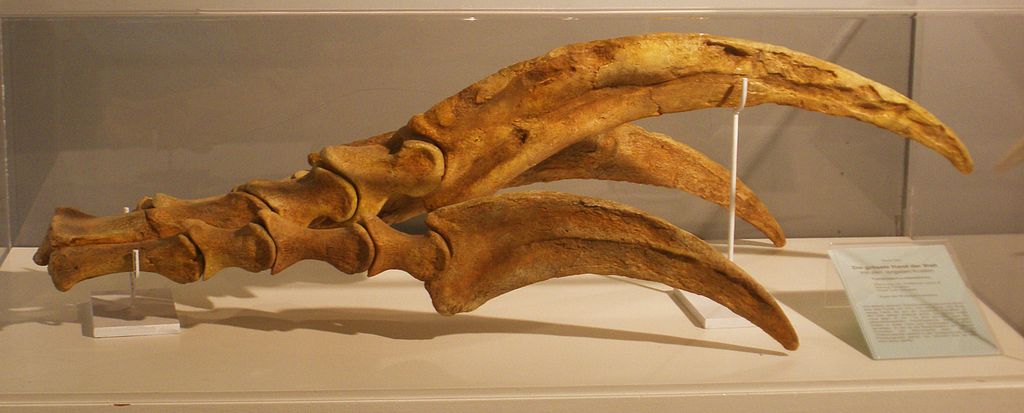
The fossil record provides compelling evidence of dinosaur adaptations to desert environments through exceptionally preserved specimens and trace fossils. The Gobi Desert stands as one of paleontology’s most valuable regions, where unique preservation conditions created by sudden sandstorms entombed dinosaurs in lifelike positions, providing unprecedented insights into desert adaptation. Trackway fossils discovered across ancient dune environments reveal information about movement patterns, social groupings, and predator-prey interactions specific to desert-dwelling species. Microfossil assemblages found in ancient desert soils offer details about the broader desert ecosystem, including the plants, insects, and microorganisms that supported dinosaur populations in these challenging habitats. Isotope analysis of fossilized teeth and bones allows paleontologists to reconstruct water usage patterns and stress periods, revealing how efficiently desert dinosaurs utilized limited resources. These diverse lines of fossil evidence collectively paint an increasingly detailed picture of how dinosaurs not only survived but thrived in some of Earth’s most challenging ancient environments, demonstrating remarkable evolutionary adaptability.
Comparison with Modern Desert Reptiles
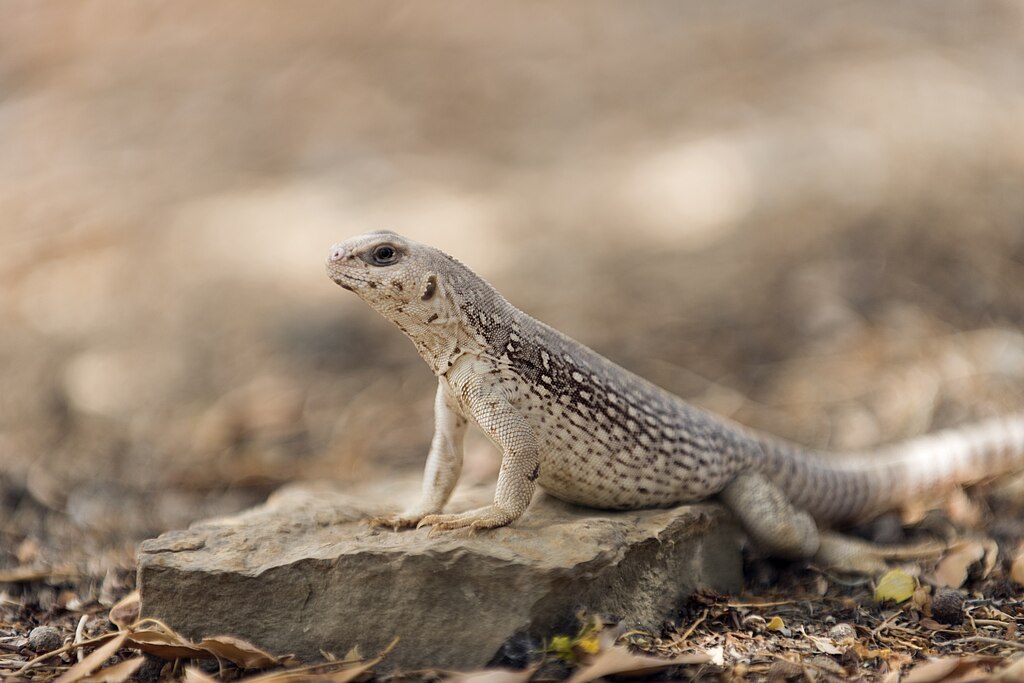
Many adaptations observed in desert-dwelling dinosaurs parallel those seen in today’s desert reptiles, offering valuable comparative insights into evolutionary solutions for arid survival. Modern desert lizards, like the desert iguana or thorny devil, demonstrate remarkable water harvesting adaptations—such as specialized skin channels that direct morning dew to their mouths—which likely evolved convergently in certain dinosaur species facing similar challenges. Behavioral thermoregulation strategies observed in contemporary desert reptiles, including shuttle movement between sun and shade to maintain optimal body temperature, align closely with patterns inferred from dinosaur fossil positioning and activity timing. The extreme metabolic efficiency seen in modern desert reptiles, which can survive on astonishingly few calories, probably characterized many desert dinosaur species that faced similar resource scarcity challenges. Estivation (summer dormancy) and burrowing behaviors common among today’s desert dwellers may explain certain dinosaur fossil distributions and preservation contexts in ancient desert sediments. These parallels between ancient dinosaurs and modern desert reptiles highlight how similar environmental pressures consistently drive the evolution of specific survival adaptations, despite millions of years separating these diverse reptilian groups.
Desert Dinosaur Ecosystems and Food Webs
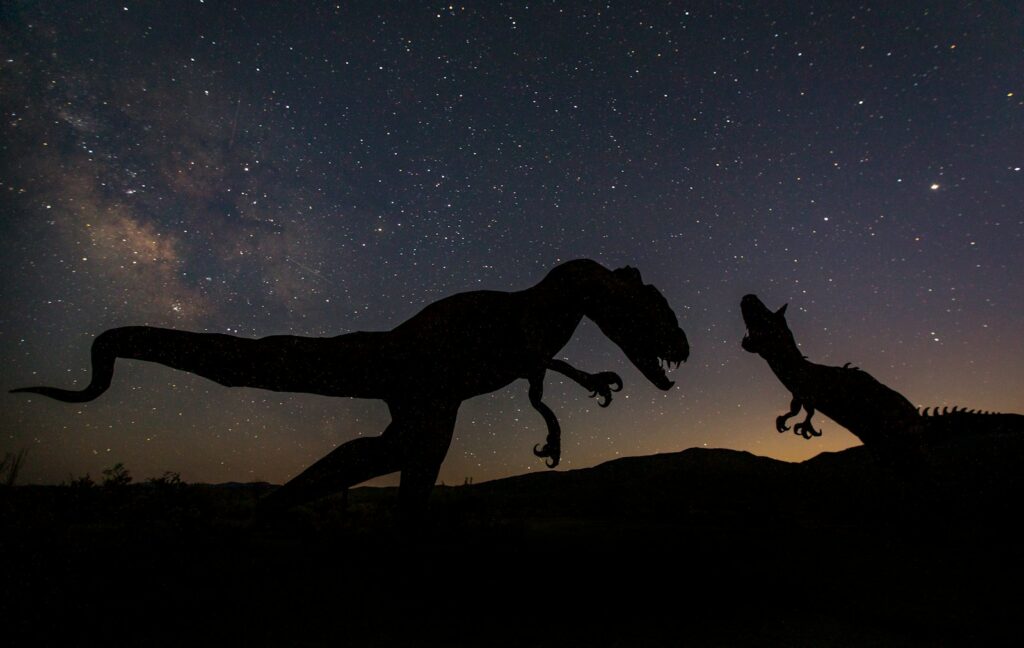
Desert dinosaur ecosystems functioned as finely balanced networks of specialized species adapted to extract maximum value from minimal resources. Top predators in desert systems typically evolved more efficient hunting strategies and broader territories than their counterparts in lusher environments, with evidence suggesting some desert carnivores could survive on significantly fewer kills by extracting more nutrition from each prey item. Plant-eating dinosaurs in these ecosystems developed hierarchical feeding patterns that minimized competition, with different species specializing in distinct parts of the limited desert flora—some focusing on low-growing succulents while others browsed higher, tougher vegetation. Scavengers played particularly crucial roles in desert dinosaur ecosystems, where nothing could be wasted, efficiently recycling nutrients and energy through the system. Smaller dinosaurs and other desert fauna often formed the critical middle trophic levels, transferring energy between primary producers and apex predators while frequently serving as seed dispersers that maintained the desert plant communities. These specialized desert food webs demonstrated remarkable resilience despite their apparent fragility, persisting through countless drought cycles and environmental fluctuations throughout the Mesozoic Era.
Extinction Patterns and Adaptive Limits
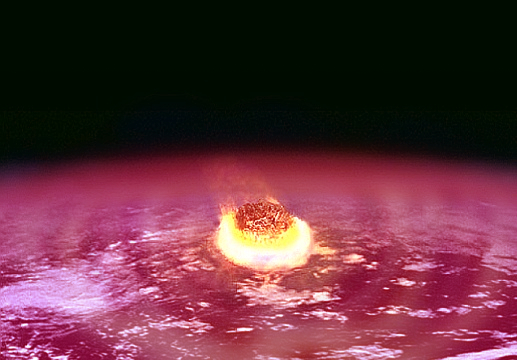
Despite their remarkable adaptations, desert-dwelling dinosaurs faced evolutionary limits that influenced extinction patterns throughout the Mesozoic Era. Evidence suggests that while desert dinosaurs developed impressive survival strategies, these specializations sometimes created evolutionary trap scenarios during sudden climate shifts, when highly desert-adapted species couldn’t rapidly adjust to increasing humidity or precipitation. Fossil records from transitional periods reveal that generalist dinosaur species typically outcompeted desert specialists when climate changes transformed arid regions into more temperate environments. The terminal Cretaceous extinction event affected desert dinosaurs somewhat differently than their counterparts in other ecosystems, with some evidence suggesting certain desert-adapted species persisted slightly longer due to their extreme resource efficiency and ability to withstand environmental stress. Interestingly, many adaptations pioneered by desert dinosaurs were ultimately passed to their avian descendants, contributing to the remarkable desert survival abilities seen in modern birds like the roadrunner and sandgrouse. The extinction patterns of desert dinosaurs provide valuable insights into adaptive limits and evolutionary flexibility, demonstrating how specialization can be both a powerful survival strategy and a potential vulnerability during periods of rapid environmental change.
Modern Implications and Research Directions
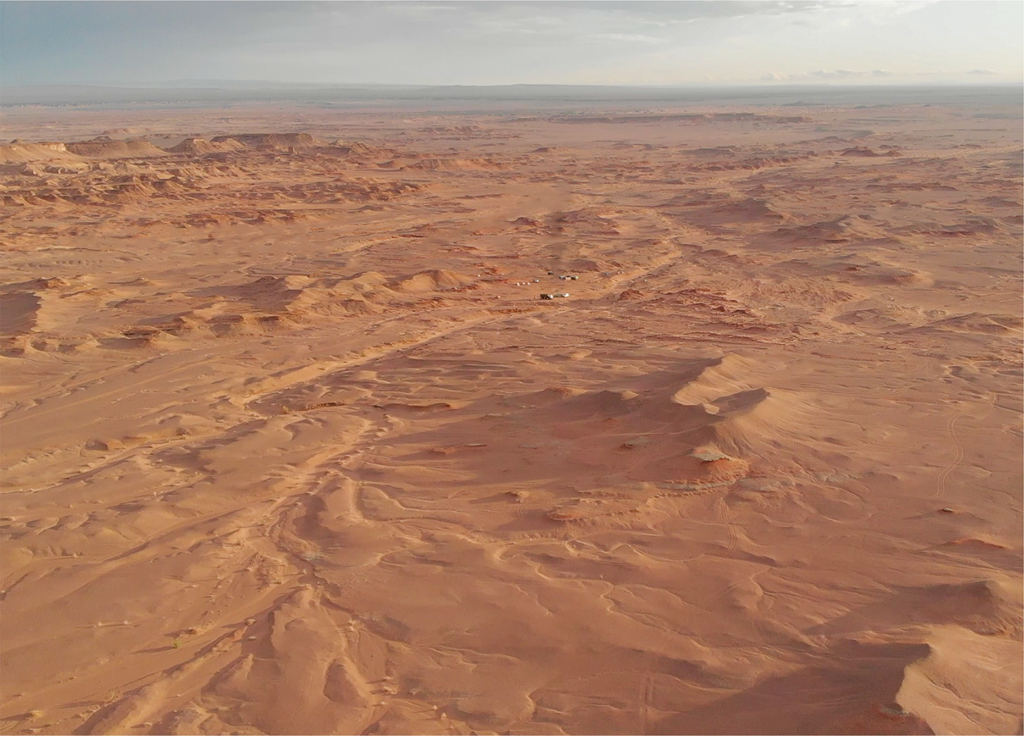
The study of desert dinosaur adaptations offers valuable insights with significant implications for modern science and conservation biology. Climate scientists increasingly examine desert dinosaur adaptations to understand how large vertebrates historically responded to extreme climate conditions, providing potential analogues for modern species facing anthropogenic climate change. Biomimetic research draws inspiration from dinosaur water conservation and thermoregulation strategies, potentially informing innovations in human desert survival equipment, water management technologies, and architectural design for arid regions. Conservation biologists study desert dinosaur ecosystem dynamics to better understand resilience in modern desert environments currently threatened by human activities and shifting climate patterns. Ongoing excavations in the Gobi Desert, American Southwest, and North African desert regions continue yielding new fossil evidence that refines our understanding of dinosaur desert adaptations, with advanced technologies like CT scanning and isotope analysis providing unprecedented insights into physiological mechanisms. This fascinating intersection of paleontology, evolutionary biology, and climate science continues expanding our understanding not only of these remarkable ancient creatures but also of adaptation itself—knowledge increasingly critical as Earth faces new environmental challenges.
Conclusion

The remarkable story of dinosaurs thriving in desert environments demonstrates the extraordinary adaptability of life even in Earth’s most challenging conditions. Through specialized physiological adaptations, behavioral strategies, and ecological relationships, desert dinosaurs not only survived but established complex ecosystems in landscapes that initially seemed hostile to large vertebrate life. Their legacy persists not merely as fossils but as evolutionary case studies in adaptation and resilience. As we continue piecing together their story through new discoveries and technologies, desert dinosaurs provide valuable perspectives on the past—and potentially important lessons for a future where changing climates may create new challenges for life on Earth. These ancient desert dwellers stand as testimony to life’s remarkable capacity to find solutions to even the most extreme environmental challenges.

